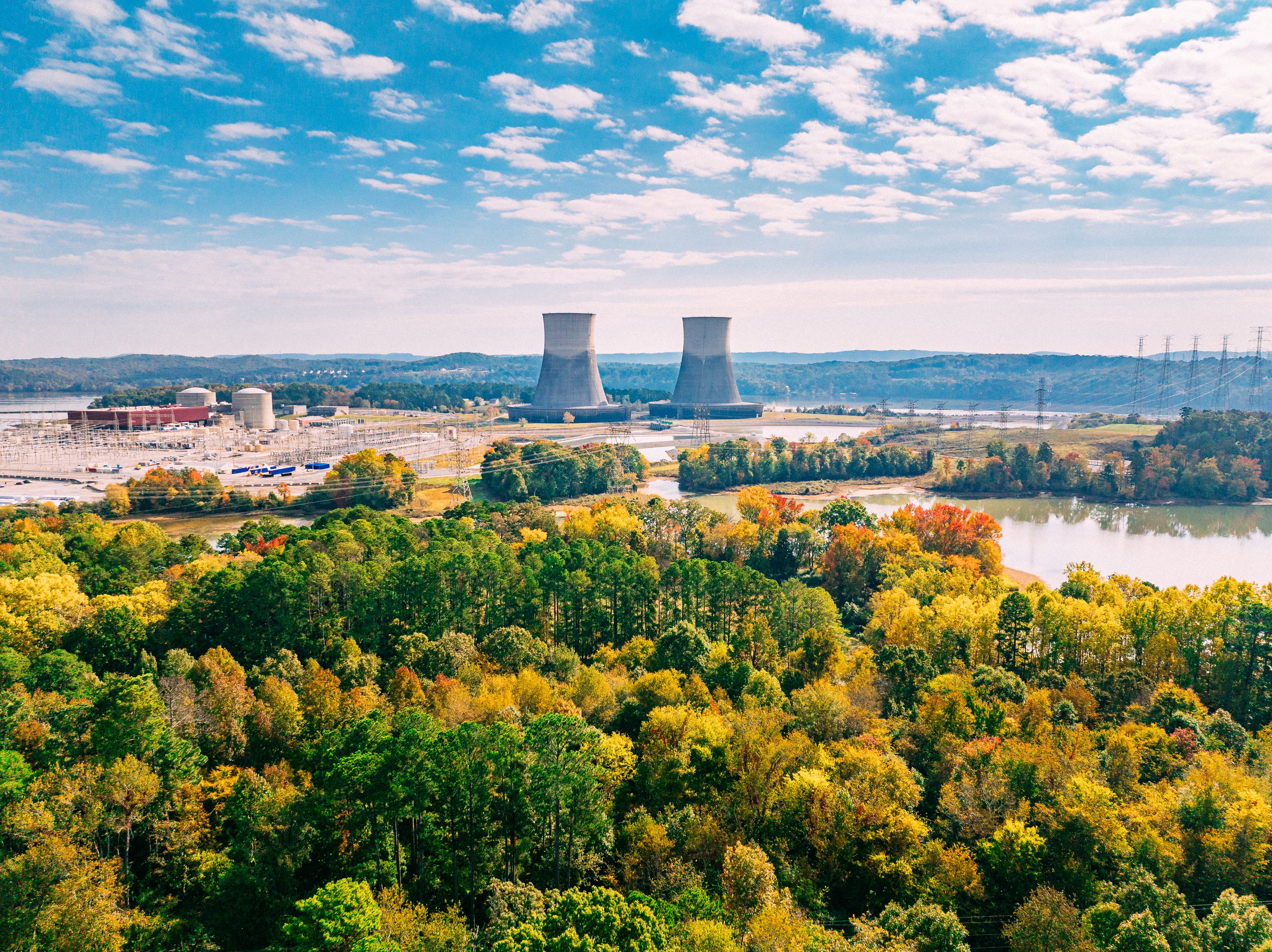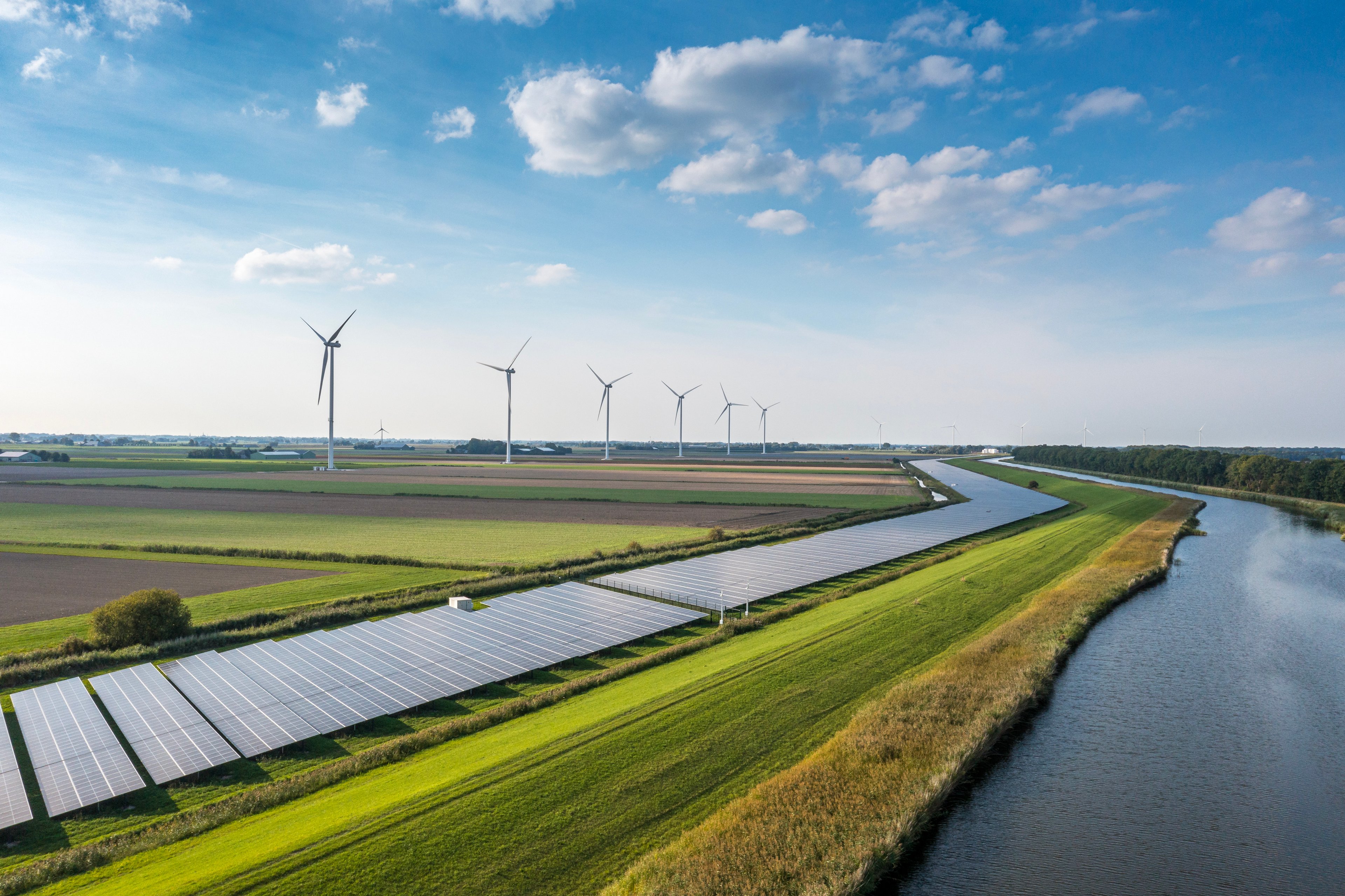Solar stocks continued to surge higher this week as investors sentiment gets stronger and we move closer to second-quarter earnings reports. Currently, the market is driven by speculation that project values are going up and earnings will get better in the future, so it'll be important for companies to back up that sentiment with improving financials.
Before the quarter has even ended, there were some notable items that happened this week in solar.

Image source: Getty Images.
Tesla pulls back further on solar energy
Tesla (TSLA +0.09%) had an interesting week after it was confirmed that its subsidiary, SolarCity, is pulling out of the South Carolina market just a few months after entering. The reason given was an elimination of the door-to-door sales channel as it moves to selling solar out of retail stores. It could enter South Carolina again in the future, but right now, this is another sign that Tesla is slowly shrinking its solar business.
Speaking of retail stores, reports hit the internet this week that Tesla solar panels have hit Tesla retail stores. It's not clear, and Tesla wouldn't give me any details on where panels are made (probably Japan), who is making them (probably Panasonic), or what technology they're using (probably Panasonic's HIT and not Silevo). But at least there's a little progress in moving solar into Tesla's retail stores.
India opens to solar imports
The U.S. and India agreed to enact a World Trade Organization ruling against local content for solar equipment starting in December. The agreement was reached last week, but the news didn't trickle out until this week, and this is no small win for U.S. solar manufacturers.
Opening the market to companies like SunPower (SPWR +0.00%) and First Solar (FSLR +0.13%) is huge because India is planning to double solar capacity to 22 GW by the end of the current fiscal year, which ends on March 31, 2018, and 100 GW of solar by 2022. Both companies have said India is a key market, and their component sales could be a great way to work with local developers and utilities to enter the market. Look for India to be a market where big manufacturers announce some big wins in the next year as manufacturing restrictions are lifted.
News and notes
Here are a few other notable items from the week in solar.
- Enel began operation on the 150 MW Aurora solar plant in Minnesota this week. This is a small step in bringing solar to the Midwest and Minnesota, which isn't a particularly solar-intensive state but is interested in community solar projects like this. It's just one project, but it's an important one in making solar a widespread energy source in the U.S.
- Enphase Energy, which IPOed in 2012 with a $410 million valuation, was warned by Nasdaq that its stock price has gotten too low, and it will need to raise it or risk being de-listed. I don't see the future for Enphase being very bright given its long history of financial losses. And in a component supply business, this is a cautionary tale for investors looking at companies who rely on other manufacturers for demand.
- A report from GTM Research this week said that 47 GW of solar installations, or two-thirds of the demand they expect, over the next two years could be lost if Suniva wins its trade case with the U.S. government. Suniva has asked for a $0.40 per watt minimum price for solar cells and/or a $0.78 per watt minimum price for solar modules -- about double the market rate today. And if it wins, the industry could be devastated for the foreseeable future. This is the biggest policy fight of the year, and the solar industry faces an uncertain future as the decision could ultimately be up to President Donald Trump.
That's all for this week in solar. Check back to fool.com for more coverage of the solar industry over the next week.





